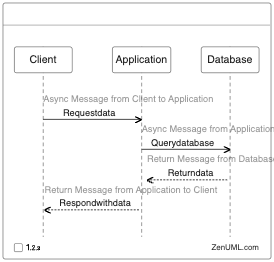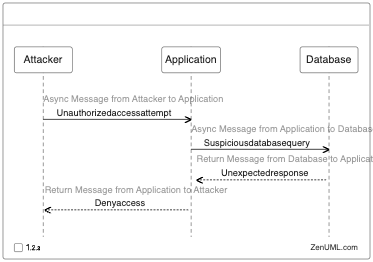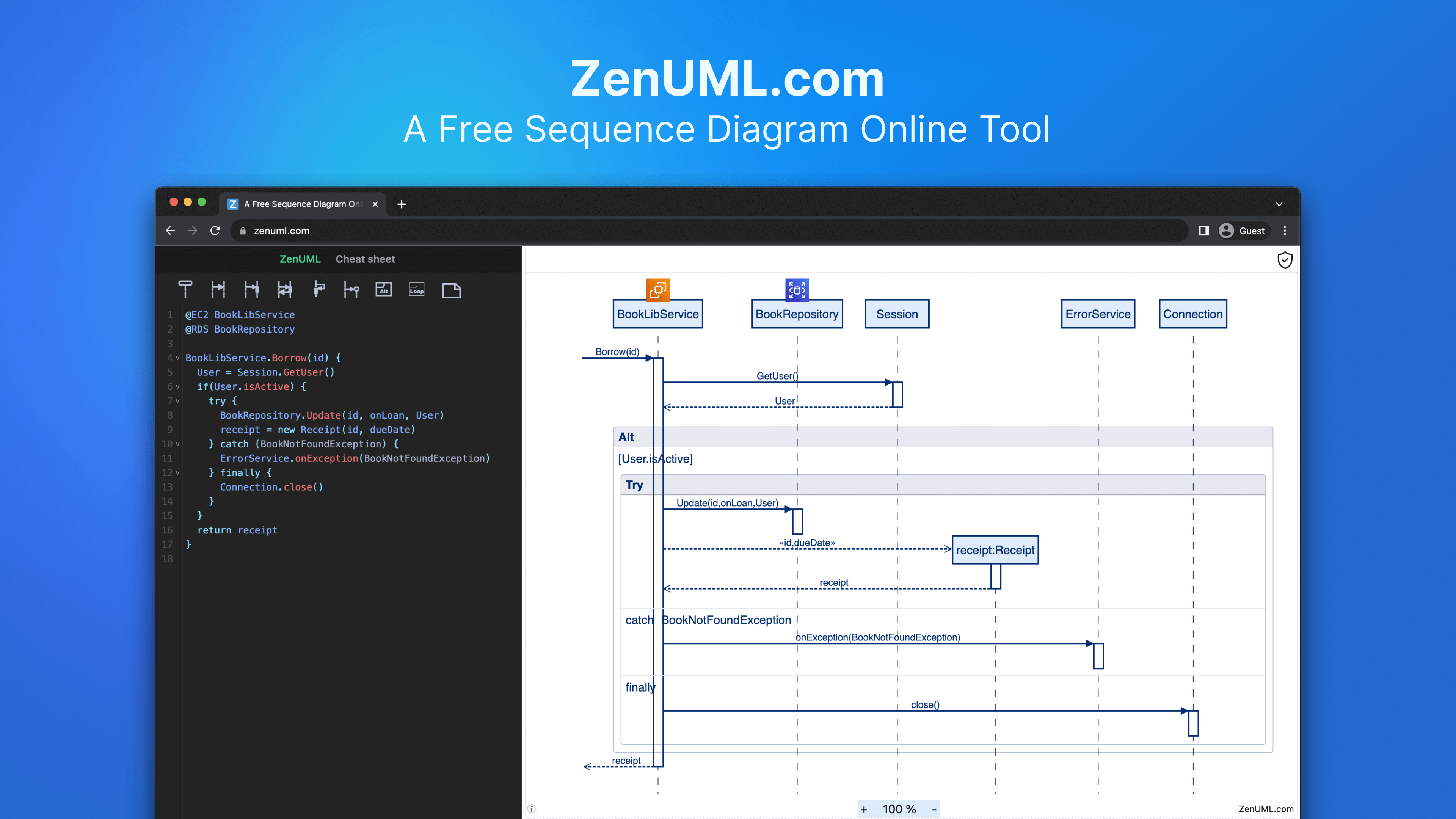Introduction
In the ever-evolving world of technology, the intersection between sequence diagrams and machine learning has become a fascinating subject of study. Sequence diagrams, a widely used tool in software engineering, have traditionally been utilized for visualizing and understanding the flow of interactions between various components within a system. However, as machine learning algorithms continue to revolutionize the way we approach problem-solving, the potential for integrating these two concepts has become increasingly apparent.
This blog post will explore the dynamic relationship between sequence diagrams and machine learning, highlighting how they can be leveraged to enhance our understanding of complex systems and drive innovation in a variety of industries.
The Importance of Sequence Diagrams in Software Development
Sequence diagrams are a crucial component of the Unified Modeling Language (UML), a standardized visual language used to represent and document software systems. These diagrams depict the interactions between different objects or components within a system, typically over time. By visualizing the sequence of messages exchanged between these entities, sequence diagrams provide a clear and concise way to understand the behavior of a system, making it easier for developers, stakeholders, and project managers to collaborate and make informed decisions.
According to a survey conducted by the International Institute of Business Analysis (IIBA), 73% of software developers consider sequence diagrams to be an essential tool in their project planning and development processes. [1] This widespread adoption highlights the importance of sequence diagrams in the software industry, where the ability to model and analyze complex systems is paramount.
Integrating Sequence Diagrams with Machine Learning
As machine learning algorithms continue to advance, their potential to enhance and complement traditional software engineering techniques, such as sequence diagrams, has become increasingly apparent. By leveraging the power of machine learning, we can unlock new ways of understanding, analyzing, and optimizing the interactions captured by sequence diagrams.
1. Automated Sequence Diagram Generation
One of the key areas where machine learning can contribute to sequence diagrams is in the realm of automated generation. Traditionally, the creation of sequence diagrams has been a manual process, requiring developers to meticulously document the interactions within a system. However, with the aid of machine learning, this process can be streamlined and automated.
Machine learning algorithms, trained on large datasets of existing sequence diagrams and their associated code, can learn to identify and extract the necessary information to generate new sequence diagrams automatically. This not only saves time and resources but also ensures that the diagrams accurately reflect the underlying system behavior, reducing the likelihood of errors or inconsistencies.
ZenUML, a popular open-source domain-specific language for generating sequence diagrams, has already integrated support for machine learning-based diagram generation. By leveraging natural language processing and deep learning techniques, ZenUML can analyze code or textual descriptions and automatically generate the corresponding sequence diagrams. [2]

2. Anomaly Detection in Sequence Diagrams
Another area where machine learning can enhance sequence diagrams is in the realm of anomaly detection. As systems become more complex, the interactions captured by sequence diagrams can become increasingly intricate and challenging to analyze manually. Machine learning algorithms can be employed to identify and flag potential anomalies or deviations from the expected behavior of a system.
By training machine learning models on historical sequence diagram data, it is possible to learn the patterns and characteristics of "normal" system interactions. These models can then be used to analyze new sequence diagrams and detect any unusual or unexpected patterns that may indicate potential issues or areas for optimization.
This approach can be particularly useful in domains such as cybersecurity, where the ability to identify and respond to anomalies in system behavior is crucial for detecting and mitigating threats. By integrating machine learning-powered anomaly detection with sequence diagrams, security teams can gain valuable insights into the dynamics of their systems and proactively address potential vulnerabilities.

3. Predictive Modeling and Optimization
Moving beyond anomaly detection, machine learning can also be leveraged to develop predictive models based on sequence diagram data. By analyzing the patterns and relationships captured in sequence diagrams, machine learning algorithms can learn to anticipate future system behavior and identify opportunities for optimization.
For example, in a software development context, machine learning models trained on sequence diagrams can predict potential performance bottlenecks or identify areas where the system can be streamlined. This information can then be used to guide architectural decisions, optimize code, or implement proactive maintenance strategies.
Furthermore, machine learning can be employed to identify optimal sequences of interactions or to recommend design patterns that can enhance the overall efficiency and reliability of a system. By combining the visual representation of sequence diagrams with the predictive capabilities of machine learning, developers can make more informed decisions and deliver higher-quality software solutions.

Challenges and Considerations
While the integration of sequence diagrams and machine learning holds great promise, there are also challenges and considerations that must be addressed:
-
Data Quality and Availability: The effectiveness of machine learning models in this context heavily depends on the availability and quality of sequence diagram data. Ensuring a robust and representative dataset is crucial for training accurate models.
-
Interpretability and Explainability: As machine learning models become more complex, ensuring the interpretability and explainability of their outputs can be a significant challenge. Developers and stakeholders must be able to understand the reasoning behind the models' predictions or recommendations.
3.Scalability and Performance: As systems grow in complexity, the processing and analysis of sequence diagrams can become computationally intensive. Ensuring that the machine learning-powered tools and techniques can scale efficiently is a critical consideration.
- Integration with Existing Workflows: Seamlessly integrating machine learning-enhanced sequence diagrams into existing software development workflows and toolchains is essential for widespread adoption and effective implementation.
Conclusion
The integration of sequence diagrams and machine learning represents a powerful and promising intersection in the field of software engineering. By leveraging the visual representation of system interactions and the predictive capabilities of machine learning, developers and stakeholders can gain deeper insights, optimize system performance, and deliver more reliable and efficient software solutions.
As the technology continues to evolve, we can expect to see even more innovative applications and use cases emerge, transforming the way we approach software development and system modeling. The future holds exciting possibilities, and we encourage readers to explore and experiment with the integration of sequence diagrams and machine learning in their own projects.
We'd love to hear your thoughts and experiences on this topic. Please feel free to share your comments and insights in the section below.
Try ZenUML now!
Zenuml detailed feature roadmap available here.

